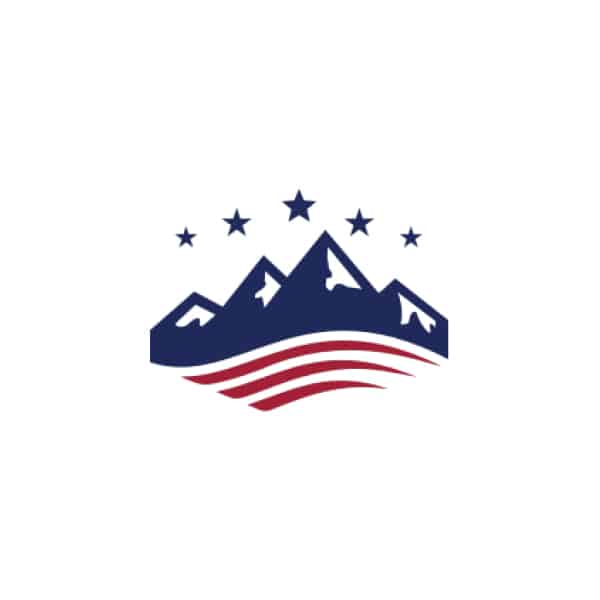October 26, 2018
“The most likely outcome for Proposition 4, if passed, is a series of lawsuits over any map that gets drawn,” said Derek Monson, vice president of policy at Sutherland Institute, during a panel Tuesday evening in Park City.
The Project for Deeper Understanding hosted the panel to discuss Proposition 4. Other panelists were Jeff Wright, co-chairman of the Proposition 4 initiative; Utah House Rep. Logan Wilde; Meredith Reed, from the League of Women Voters; and Jason Stevenson, with the American Civil Liberties Union of Utah.
You can listen to the full panel here (hour 1)and here (hour 2).
The following outlines Monson’s talking points as prepared:
What does Proposition 4 do?
- Prop 4 creates a commission, appointed mostly by legislators, to recommend maps to the Legislature for congressional, legislative and school board districts. The Legislature may or may not decide to use these maps. The commission members would have to be active voters, but they could have only limited political activity or partisan affiliation for four years before and after their service on the commission.
- Prop 4 also creates a list of 10 rules that both the commission and the Legislature must follow in drafting its maps, and it allows private citizens, candidates or parties to sue if they believe that these rules have not been adequately followed.
What Proposition 4 doesn’t do:
- Prop 4 will not prevent legislators from choosing their own voters and therefore will not ultimately put a stop to potential gerrymandering. Both of these issues stem from the state constitutional requirement that the Legislature divide the state into congressional, legislative and other voting districts, which the ballot initiative cannot address (the state constitution can only be amended by a 2/3 vote of the Legislature).
- Prop 4 also will not create a redistricting commission that is truly independent of the Legislature, as all but one of the commission members are appointed by legislators (the governor appoints one commission member).
Summary analysis of Proposition 4:
- Due to the ambiguity of some of the rules written up in this initiative, including but not limited to the fact that the potential commission and the Legislature cannot enact a map that “unduly favors or disfavors any … political party,” the most likely outcome for Prop 4 is a series of lawsuits over any map that gets drawn. For instance, how do we properly consider “partisan symmetry” (one of the required rules in Prop 4) in a state where registered Republicans outnumber registered Democrats by almost 4 to 1? And if a new map changes the partisan makeup of a district, making it more or less Republican or Democrat than it was before – when is that unduly favoring or disfavoring a political party, and when is it not?
- The ambiguities mean that anyone on either side can – and likely will – sue once a map is drawn, potentially taking the issue out of the hands of elected officials and putting it into the hands of judges. In many states where maps have generated lawsuits, judges or a judge’s appointee (sometimes an out-of-state individual) have stepped in and drawn voting maps, thus putting the decision into the hands of individuals who have little or no accountability to voters.
- In Utah, such an outcome could potentially generate a constitutional crisis: putting judges in a position of deciding whether to draw maps themselves when the state constitution explicitly requires that the Legislature be the one to divide the state into voting districts.
- All of these unintended consequences stem from the attempt to “box in” the state constitution using a ballot initiative, rather than directly address the issue by pursuing a constitutional amendment.
More Insights
Read More
What you need to know about the upcoming state party conventions
The two major political parties are about to hold their state conventions. Here’s what you need to know.
Here’s why the First Amendment’s religion clauses are not in conflict
Some suggest there is a tension between protection for the free exercise of religion and the prohibition on the establishment of religion. But a better take is to see the two clauses as congruent.
Is California’s minimum wage hike a mistake?
Is raising the minimum wage a good tool to help low-income workers achieve upward mobility? That’s the key question at the heart of the debate over California’s new $20 an hour minimum wage law for fast food workers.



